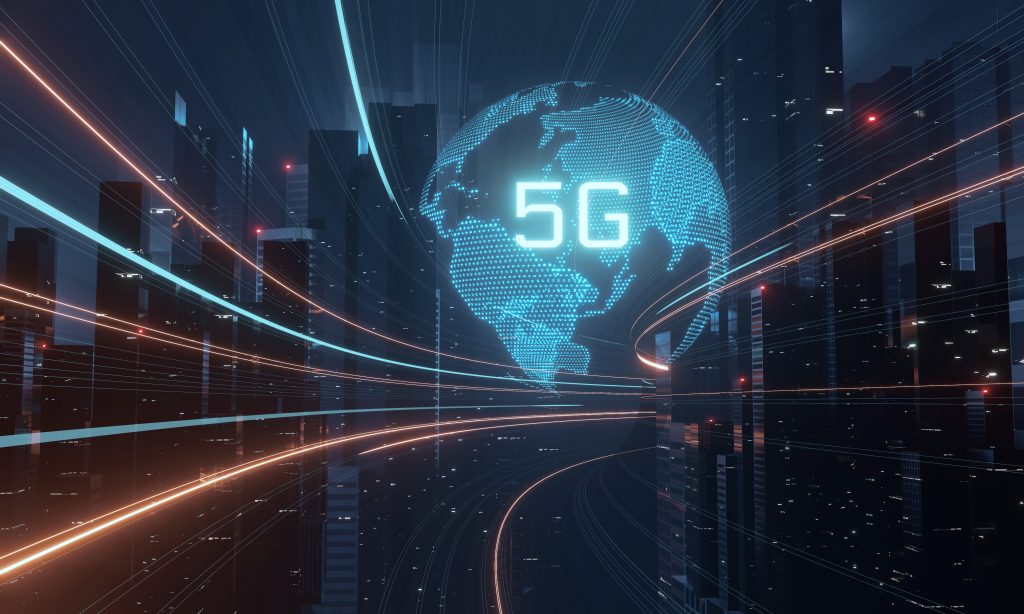The rollout of 5G technology is transforming global connectivity by providing faster internet speeds, lower latency, and greater network capacity. Telecom operators in Asia, Europe, and North America are rapidly deploying 5G infrastructure to support emerging applications in smart cities, autonomous vehicles, and industrial automation.
The technology promises to revolutionize communication, entertainment, and business operations, enabling innovations that were previously limited by network constraints.
Benefits for Consumers and Businesses
For consumers, 5G offers seamless streaming, improved online gaming experiences, and enhanced virtual and augmented reality applications. Businesses benefit from real-time data analytics, improved operational efficiency, and the ability to implement Internet of Things (IoT) devices at scale.
Healthcare providers can leverage 5G for remote diagnostics and telemedicine, while manufacturing industries utilize smart factories to optimize production processes.
Technological Innovations Driving 5G
5G networks employ advanced technologies such as massive MIMO (Multiple Input Multiple Output), beamforming, and network slicing. These innovations increase capacity, enhance reliability, and allow operators to offer customized services to different industries simultaneously.
Edge computing and AI integration with 5G networks further enhance data processing and decision-making capabilities, unlocking new opportunities in automation and smart systems.
Challenges and Considerations
Despite the benefits, 5G deployment faces challenges such as high infrastructure costs, spectrum allocation, and cybersecurity concerns. Regulatory hurdles and public skepticism over health implications have also slowed adoption in some regions.
To maximize benefits, stakeholders must address technical, security, and societal concerns while ensuring equitable access to 5G connectivity worldwide.
Future Outlook
Analysts predict that 5G will become a foundational technology for the next decade, driving innovation across multiple sectors. Widespread adoption is expected to enable smart cities, autonomous transportation, immersive entertainment, and advanced healthcare solutions.
The combination of 5G, AI, and IoT will redefine business models, enhance productivity, and create new economic opportunities on a global scale.
FAQs
What is 5G technology?
5G is the fifth generation of wireless networks, offering faster speeds, lower latency, and higher capacity than previous generations.
Which sectors benefit most from 5G?
Telecommunications, healthcare, manufacturing, entertainment, transportation, and smart cities leverage 5G capabilities.
What technologies enable 5G?
Massive MIMO, beamforming, network slicing, edge computing, and AI integration enhance performance and reliability.
What challenges does 5G face?
Infrastructure costs, spectrum allocation, cybersecurity, regulatory hurdles, and public skepticism are key challenges.
What is the future outlook for 5G?
5G will drive innovation in smart cities, autonomous systems, healthcare, entertainment, and global business operations.
Conclusion
The expansion of 5G networks marks a new era of global connectivity, unlocking opportunities for innovation, efficiency, and economic growth. By addressing technical, regulatory, and societal challenges, stakeholders can ensure that 5G delivers transformative benefits for both consumers and businesses.
As 5G becomes widely adopted, its integration with AI and IoT will redefine industries, enable smarter infrastructure, and empower a connected world that operates at unprecedented speed and scale.

Leave a Reply